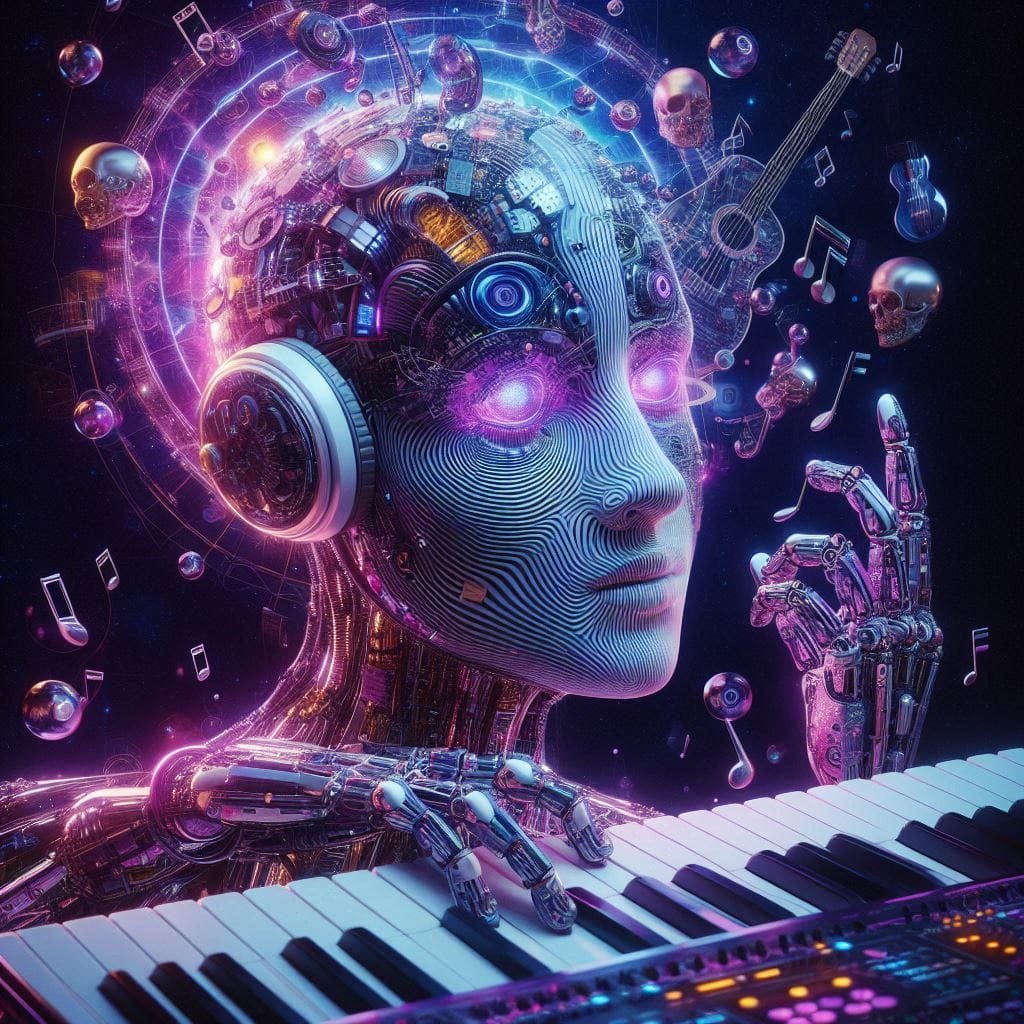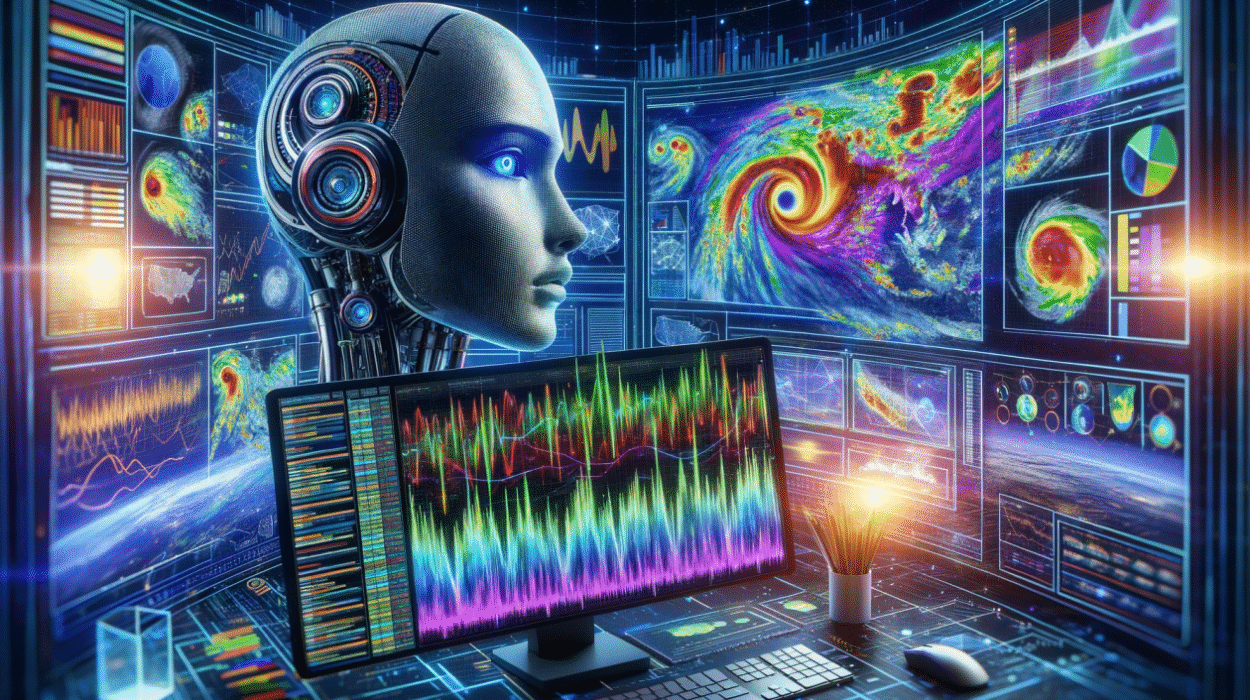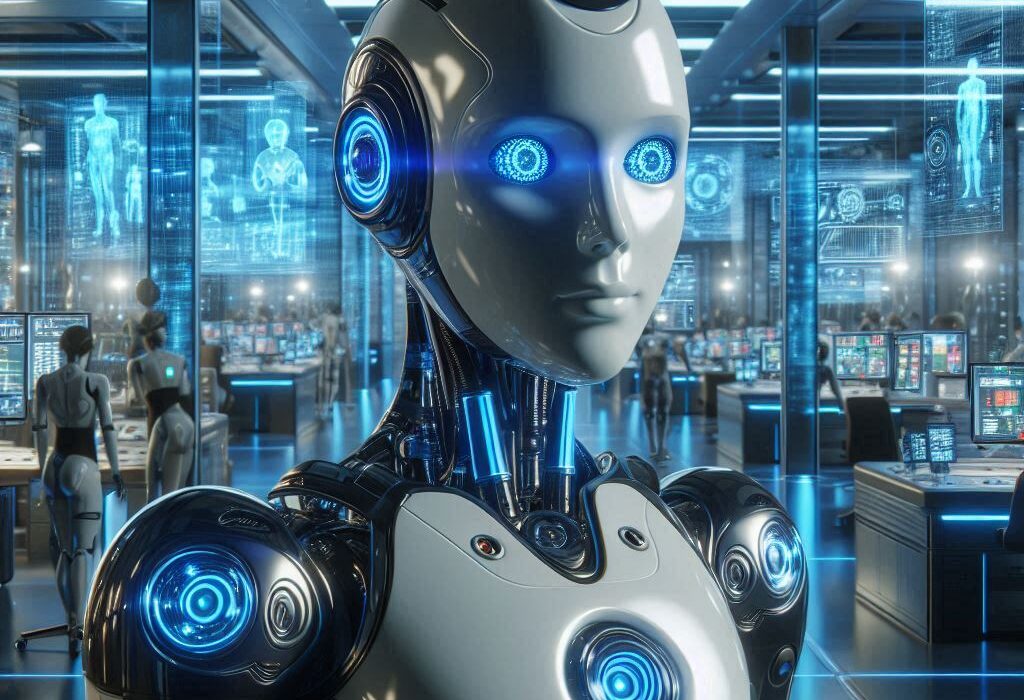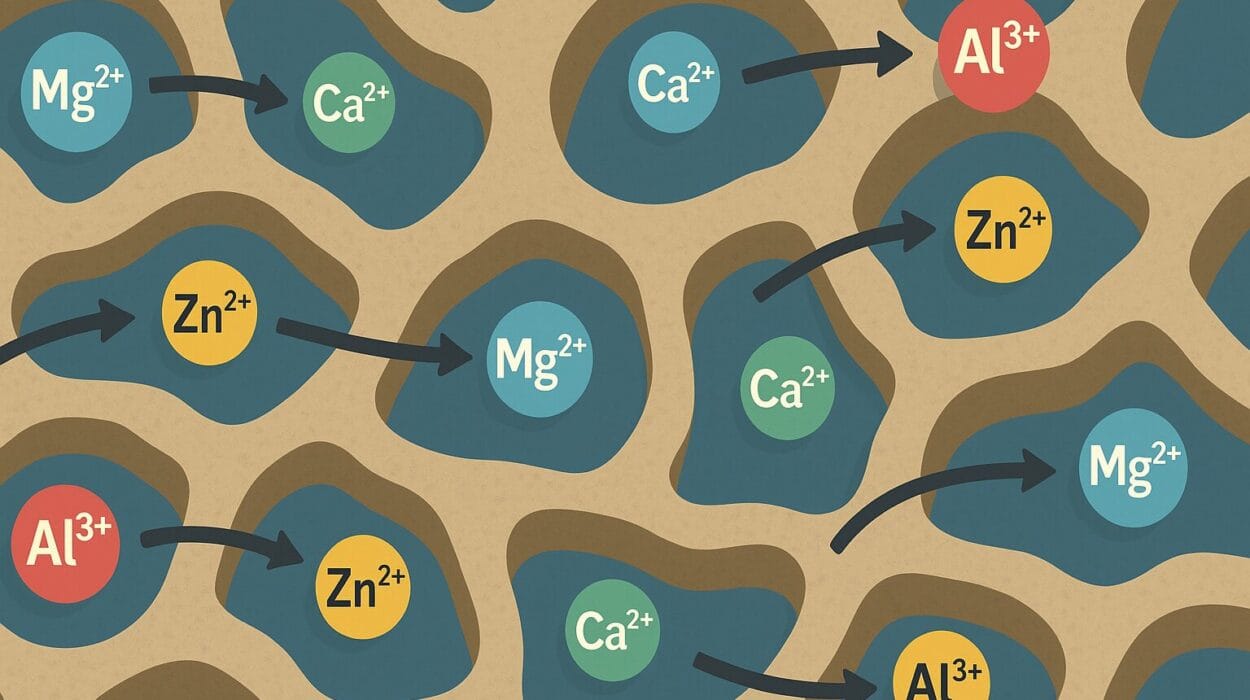At first, you may not notice anything unusual. A mellow piano melody drifts from your speaker, rich and expressive. The chords resolve in satisfying ways. A synthetic voice enters—soft, haunting, oddly beautiful. It could be a new indie artist, or maybe a film score you forgot you’d heard. But then something shifts. The harmony loops slightly too perfectly. The lyrics, while poetic, seem to touch everything and nothing. The voice lacks breath. You lean in. You realize this isn’t the work of a human musician.
You’re listening to music composed by artificial intelligence.
And it’s… good. Maybe even brilliant.
Yet, there’s something elusive about it—something you can’t quite put your finger on. AI-generated music feels simultaneously familiar and alien, emotionally potent and emotionally vacant. It brushes the edges of human feeling without diving deep inside. It resembles us, but doesn’t quite become us.
Why is that?
To understand this strange phenomenon, we need to dive into the heart of both music and machines—into the rhythm of human emotion and the logic of artificial neural networks. This is a story not just of technology, but of identity, imitation, and the soul of art itself.
What It Means to Make Music
Music, at its core, is a mirror. It reflects the shape of our inner lives—the things we can’t say with words, the emotions too complex for simple expression. A child hums a tune when they’re content. A grieving widow sings a song that belonged to her late husband. Soldiers march to drums. Lovers make playlists. Protesters chant. Music encodes memory, mood, history, and hope.
But it’s also a pattern. Beneath the emotion lies structure—mathematical relationships, harmonic ratios, statistical repetitions. This is what makes music such fertile ground for AI. It’s deeply human, but also deeply algorithmic.
Humans have used machines to assist with music for centuries—from the invention of the metronome to the creation of synthesizers. But something changed when machines began composing.
Today’s AI systems can generate symphonies, jazz improvisations, pop songs, and even ambient soundscapes that fool human ears. Platforms like OpenAI’s MuseNet or Google’s MusicLM have shown startling capability. Feed them thousands of songs across styles and genres, and they learn to imitate them with eerie skill.
And yet, when we listen, something tugs at the edge of our perception. There’s an emotional distance. The music knows the rules, but not always the meaning.
Learning to Listen Like a Machine
AI does not understand music the way we do. It doesn’t tap its foot to a beat or get chills from a perfect crescendo. It doesn’t dance. It doesn’t cry.
Instead, it learns from vast datasets, ingesting terabytes of music, analyzing melody, rhythm, chord progressions, and lyrics. Neural networks—especially transformers, which dominate music AI today—predict the next note, the next phrase, the next emotional arc based on statistical probabilities.
They learn style, not substance. Syntax, not sentiment.
For example, when trained on thousands of jazz solos, an AI system learns that a diminished seventh chord often resolves to a tonic. It learns that blues melodies bend notes in a certain way. It doesn’t feel tension or release—it simply detects patterns and reassembles them in novel, coherent configurations.
It’s like a child repeating adult phrases before understanding their meanings. The mimicry is impressive, but the intention is hollow.
Yet this does not mean the result is meaningless. On the contrary, AI-generated music can be shockingly evocative. Listeners often report emotional reactions—goosebumps, nostalgia, even tears. The feelings are real, but they come from the listener, not the machine.
The Uncanny Valley of Music
In robotics, there’s a concept known as the “uncanny valley.” It describes the discomfort we feel when a humanoid robot looks almost—but not quite—human. The slight mismatch triggers unease, a cognitive dissonance.
AI-generated music occupies a similar space. It sounds almost human. It uses the same scales, structures, and emotional cues. But because it lacks true intention or lived experience, it sometimes lands in a musical uncanny valley—recognizably emotional, but eerily off-kilter.
Part of this comes from the way AI handles repetition and variation. In human music, repetition builds familiarity, while variation adds surprise. Great composers and songwriters balance the two with incredible sensitivity. AI, by contrast, often veers toward one extreme or the other—either becoming monotonous or erratically novel.
Lyrics present an even greater challenge. Language models can write poetic lines, but without context or emotion, the lyrics often feel like they were generated by a dream. They hint at meaning but resist coherence. They shimmer with suggestion but collapse under scrutiny.
And yet, we keep listening.
Emotion by Proxy
When a human writes a song about heartbreak, the pain bleeds through. The minor chords mirror sorrow. The tempo slows. The lyrics crack with vulnerability. Listeners empathize because they know the artist felt something.
AI doesn’t feel.
But it can still make us feel. How?
Partly, we project emotion onto the music. Humans are meaning-making machines. We fill in gaps, assume intention, and respond emotionally to cues even when they’re synthetic. Film scores composed by AI can move us because they resemble the language of human emotion we’ve learned through decades of cinema.
Partly, we bring our own context. A song generated by AI might remind you of something personal—your childhood, a favorite artist, a long-lost memory. The feelings it evokes are real, even if the composer never meant them.
This is where the alienness and familiarity collide. AI-generated music is emotionally blank—but it provides an emotional mirror. It offers the appearance of depth, and we supply the rest.
The Science of Musical Expectation
From a cognitive neuroscience perspective, our brains are prediction engines. When we listen to music, we constantly anticipate the next note, beat, or phrase. When our expectations are met—or artfully subverted—we experience pleasure.
AI excels at this. Trained on millions of examples, it knows what comes next. It can resolve dissonance just as our brains crave. It can delay gratification just long enough. This is why some AI music feels surprisingly satisfying. It exploits the neural wiring we’ve developed over a lifetime of listening.
But this is also where the limitations emerge.
Humans don’t just follow rules—we break them. We bend notes, distort timing, and introduce imperfections that carry emotional weight. AI, unless explicitly trained on human irregularities, often smooths these out. The result can sound too clean, too predictable, too safe.
Our brains notice. Even if we can’t articulate why, we sense something’s missing.
The Problem of Originality
One of the central critiques of AI-generated music is its lack of true originality. While it can combine elements in novel ways, it doesn’t originate ideas from lived experience or inner vision.
When Beethoven composed his late string quartets, he was deaf, battling despair, and searching for transcendence. The music that emerged broke conventions, shocked audiences, and redefined art.
No AI can replicate that.
What it can do is simulate novelty—by recombining existing patterns in unexpected ways. It can create new genres by blending others. It can surprise us. But is that creativity, or just high-level remixing?
Philosophers and musicologists debate this fiercely. Some argue that creativity requires consciousness. Others suggest that if the output is indistinguishable from human art, the process doesn’t matter.
But listeners often feel the difference. Music made by humans carries fingerprints—quirks, flaws, intentions. AI music is seamless, smooth, eerily free of rough edges.
And that, paradoxically, makes it less human.
When the Machine Collaborates
Not all AI music is created in isolation. Increasingly, musicians use AI as a collaborator—a tool for inspiration, not replacement. They generate melodies, chord progressions, or rhythms with AI and then build upon them, adding human flair and emotional nuance.
In this hybrid space, something remarkable happens. The alien and the familiar merge. AI offers ideas no human might think of. The musician chooses which to keep, which to twist, and which to discard. The result is a fusion—part machine, part soul.
Some artists have likened it to working with an alien improviser—one that doesn’t understand your emotions, but throws out musical provocations that stretch your imagination.
This, perhaps, is where the future lies. Not in replacing musicians, but in expanding what music can be.
Cultural Implications and Ethical Questions
As AI-generated music grows more sophisticated, it raises complex cultural and ethical questions. If a company can train an AI on the works of hundreds of artists and create derivative music without compensation, is that fair?
Who owns the rights to an AI-generated song? The developer of the model? The person who typed the prompt? The artists whose styles were mimicked?
And what happens to the value of human music in a world where infinite songs can be generated on demand? Will listeners still seek out human expression? Or will convenience and algorithmic curation dominate?
These questions are not just legal—they’re existential. They ask us to define what art is, and what we want it to be.
The Future of Feeling
Despite the advances in machine learning, one truth remains: AI does not feel. It has no heartbreak, no longing, no joy.
But the music it makes can still move us—because we feel. We are the beating hearts in the loop. We bring our history, our hopes, our heartbreak to the sounds we hear.
In that way, AI-generated music may never replace human music. But it will challenge it, complement it, and perhaps—like a mirror held up to our emotional algorithms—help us understand ourselves in new ways.
It’s not just the sound of a machine. It’s the echo of us, refracted through silicon and statistics.
Final Note
As you listen to the next AI-generated piece that flows through your headphones—strange and haunting, or catchy and synthetic—pause for a moment. Notice what it stirs in you. Ask where that emotion comes from. Is it the machine? Or is it you?
Because maybe, in the end, the strangeness of AI music is not that it sounds alien.
It’s that it sounds almost human.






